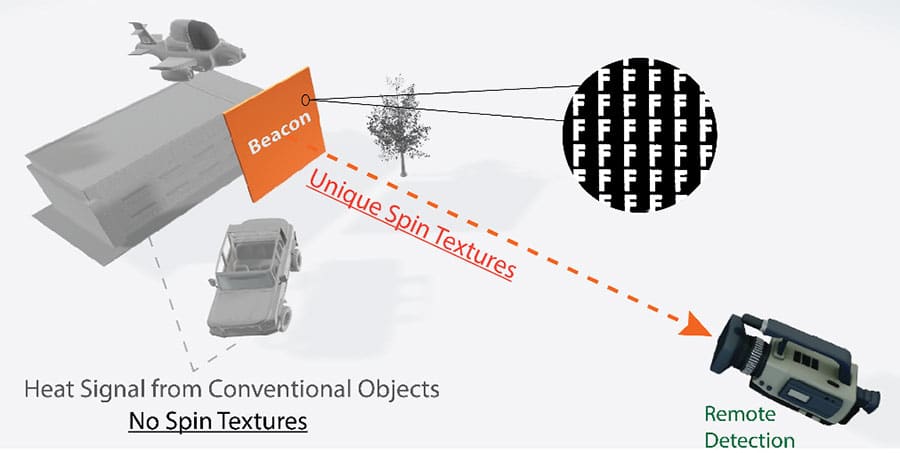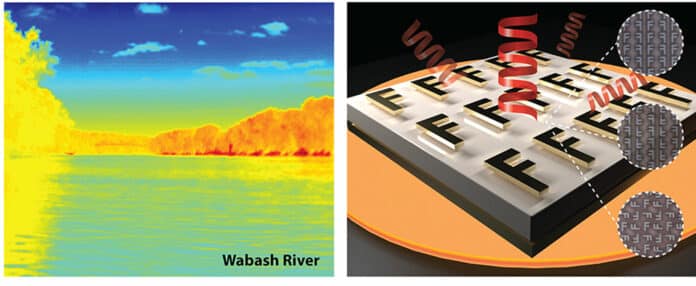Thermal radiation is typically regarded as an incoherent signal since it results from the random fluctuations of materials. Circular polarization in the heat released by most typical thermal emitters is weak to zero circular polarization.
Surprisingly, thermal radiation from numerous celestial objects that reaches the earth exhibits strong circular polarisation. This fascinating phenomenon explains mysteries about the early cosmos, reveals powerful magnetic fields in some condensed stars, and even gives a potential hint of life.
Using artificially structured surfaces known as metasurfaces, researchers at Purdue University have significantly advanced in the thermal radiation field. They have developed a brand-new technique for generating spinning thermal radiation in a regulated and effective manner.
This work offers a new way to generate this type of radiation, which has the potential to be used in a variety of applications, including thermal imaging and communication.
The scientists found that they could produce primarily left-handed circularly polarised thermal radiation in all directions by employing a metasurface made up of an array of F-shaped structures, creating nonvanishing optical helicity for the first time. The team achieved 39% of the optical helicity fundamental limit with their design. They also proved that the symmetries of the metasurface could be used to modify the properties of the thermal photons that are emitted, proving that thermal radiation can be effectively controlled.

Dr. Zubin Jacob, Elmore Associate Professor of Electrical and Computer Engineering, said, “This research could have important implications for understanding the omnipresent thermal radiation phenomenon and for developing new technologies.”
“Potential applications include using the metasurface as a wide-angle, narrow-band circular-polarized mid-infrared light source for optical gas sensing and infrared imaging. Additionally, the engineered thermal emission’s unique spectral, spatial, and spin feature can be exploited as passive infrared beacons in outdoor environments, making them useful in remote sensing technology.”
Ph.D. student Xueji Wang said, “We are extremely excited about the potential of this discovery. It not only deepens our understanding of thermal radiation but also opens up new possibilities for technological advancements in various fields.”
Journal Reference:
- Xueji Wang et al., Observation of nonvanishing optical helicity in thermal radiation from symmetry-broken metasurfaces, Science Advances (2023). DOI: 10.1126/sciadv.ade4203
